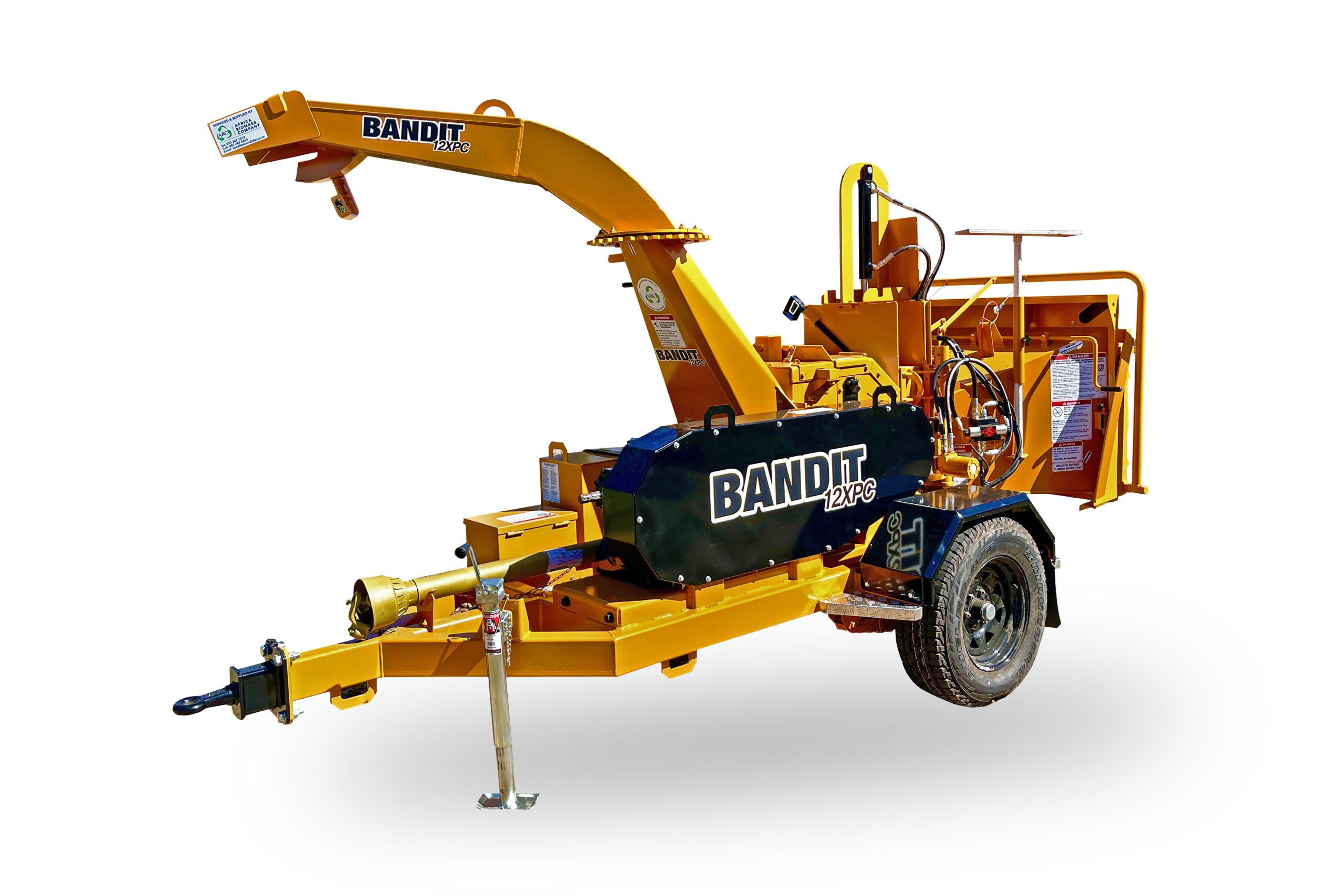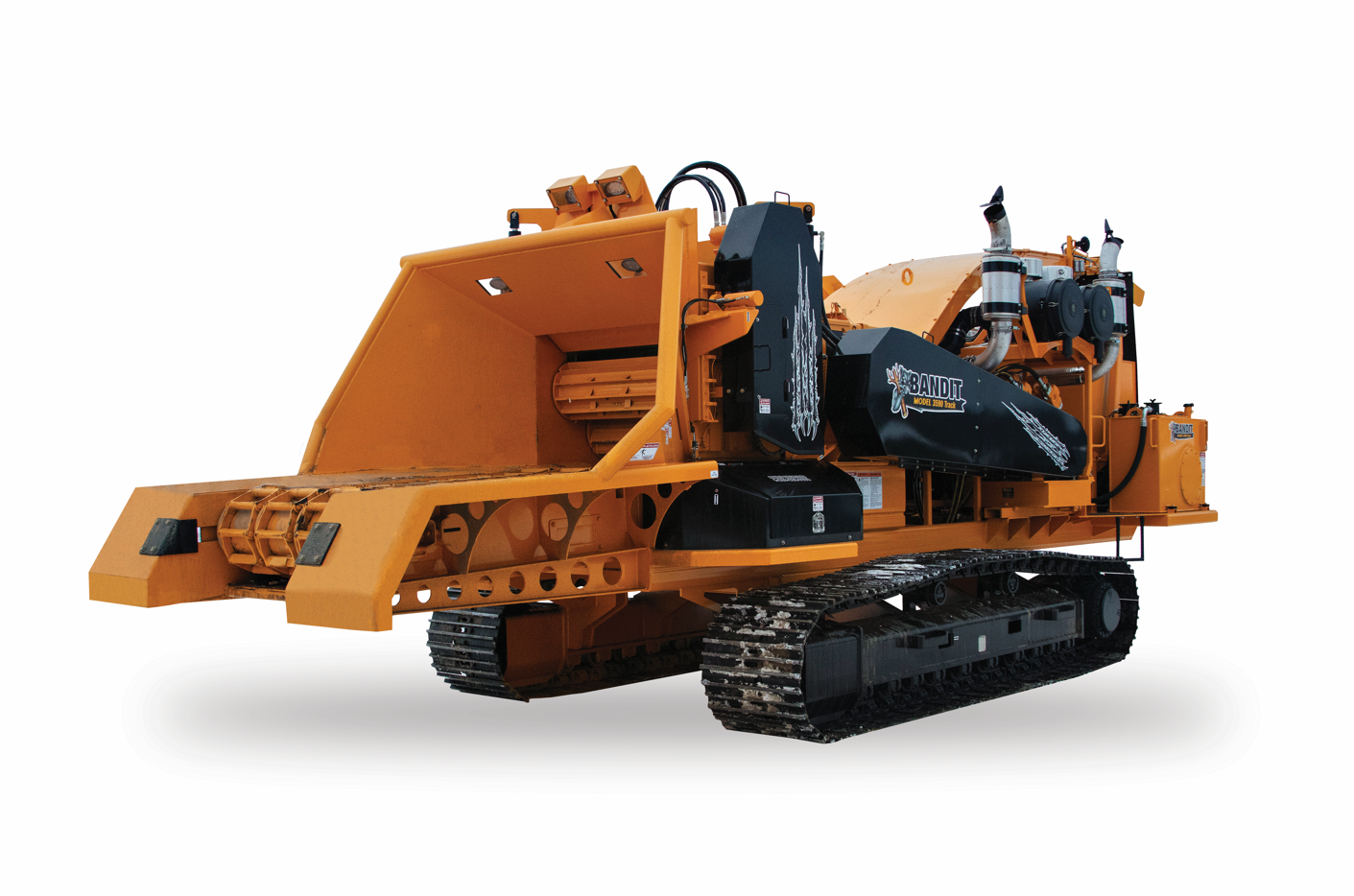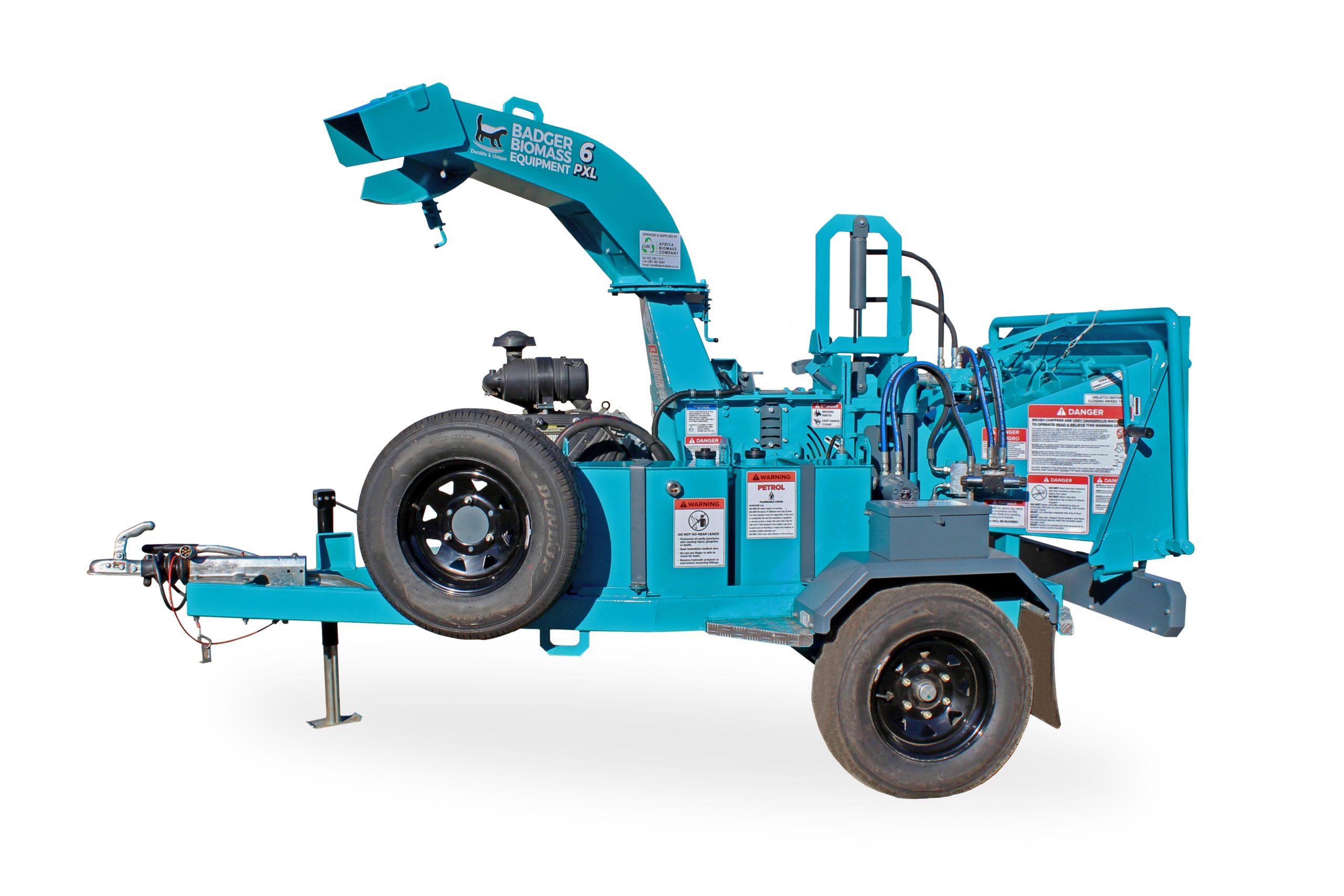Whether you’re managing an orchard, vineyard, or any fruit farm, removing older unproductive vines and trees are a reality. However, instead of uprooting them and letting the wood go to waste, chipping them can provide farmers with numerous advantages. From improving soil health to generating additional income, chipping old fruit trees is a sustainable and cost-effective solution that can benefit both the environment and the farmer’s bottom line. In this blog, we will discuss the top five benefits that farmers can enjoy by chipping their old fruit trees.
- Clearing land for new crops: When fruit trees reach the end of their productive life, they can take up space that should otherwise be used for new crops. Chipping these trees and turning them into biomass can help clear the land, making it available for new plantings and increasing your farm’s efficiency.
- Reducing waste: Chipping old fruit trees can help farmers reduce waste and save on disposal costs. Instead of sending the trees to a landfill or burning them, chipping them can turn them into a valuable resource for energy production or soil conditioning.
- Generating income: The biomass from old fruit trees can be sold to energy companies or used on-site as process heat if required. This can provide a new source of income for farmers and help reduce their reliance on fossil fuels if feasible.
- Improve your soil health: The wood chips from chipping fruit trees can be used as a natural mulch, helping retain moisture in the soil and suppressing weed growth. Over time, the wood chips can also break down and add organic matter to the ground, improving its fertility and health.
- Promoting sustainability: Chipping your old fruit trees can be part of a more significant effort to promote sustainable farming practices. By using unwanted, you are reducing your carbon footprint and contributing to a cleaner, greener future.









